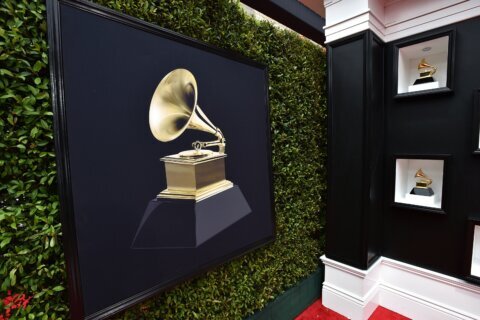Most of us store our favorite music on a digital playlist, but March marks an anniversary for those of us who remember when music came on something physical.
Forty years ago, in March 1983, Billy Joel’s “52nd Street” became the first album released on a compact disc, or CD.
Hailed for its smaller size and digital music reproduction, doing away with the pops and clicks that became permanently etched on vinyl, CDs initially were sold in long cardboard boxes to prevent theft.
The process involved finding a sharp object to cut through the small metallic tape seal under the disc’s plastic wrap.
As with any new musical format, it took a short period of time for performers to add CDs to their releases on albums and tape cassettes.
Early CD players were expensive. According to The Atlantic, during the 1983 launch, only 75 stores in the country sold CD players. They cost approximately $900, which amounts to $2,700 in today’s dollars.
But CDs quickly became the most popular way for people to listen to music, as artists re-released vinyl albums on the new format. Within a few years, the first car CD players were installed, long before owners could record their own CDs.
Music lovers were faced with a choice — re-buy their favorite albums or cassettes on CD, or continue to wait several minutes to rewind a tape, rather than pressing a button to click to the desired track.
But by 2012, when solid-state digital memory became affordable with mp3 players and iPods, the popularity of CDs faded quickly but remained the format of choice for some.
In the four decades since their arrival, 14.9 billion CDs have been sold, according to the Recording Industry Association of America.
However, in 2022, for the first time since 1987, consumers bought more vinyl LPs than CDC.
According to the RIAA, consumers bought 41.3 million vinyl LPs last year, and 200,000 vinyl singles — an increase of 3.2%.
CD sales, though, decreased 28% to 33.4 million albums and 100,000 singles.








